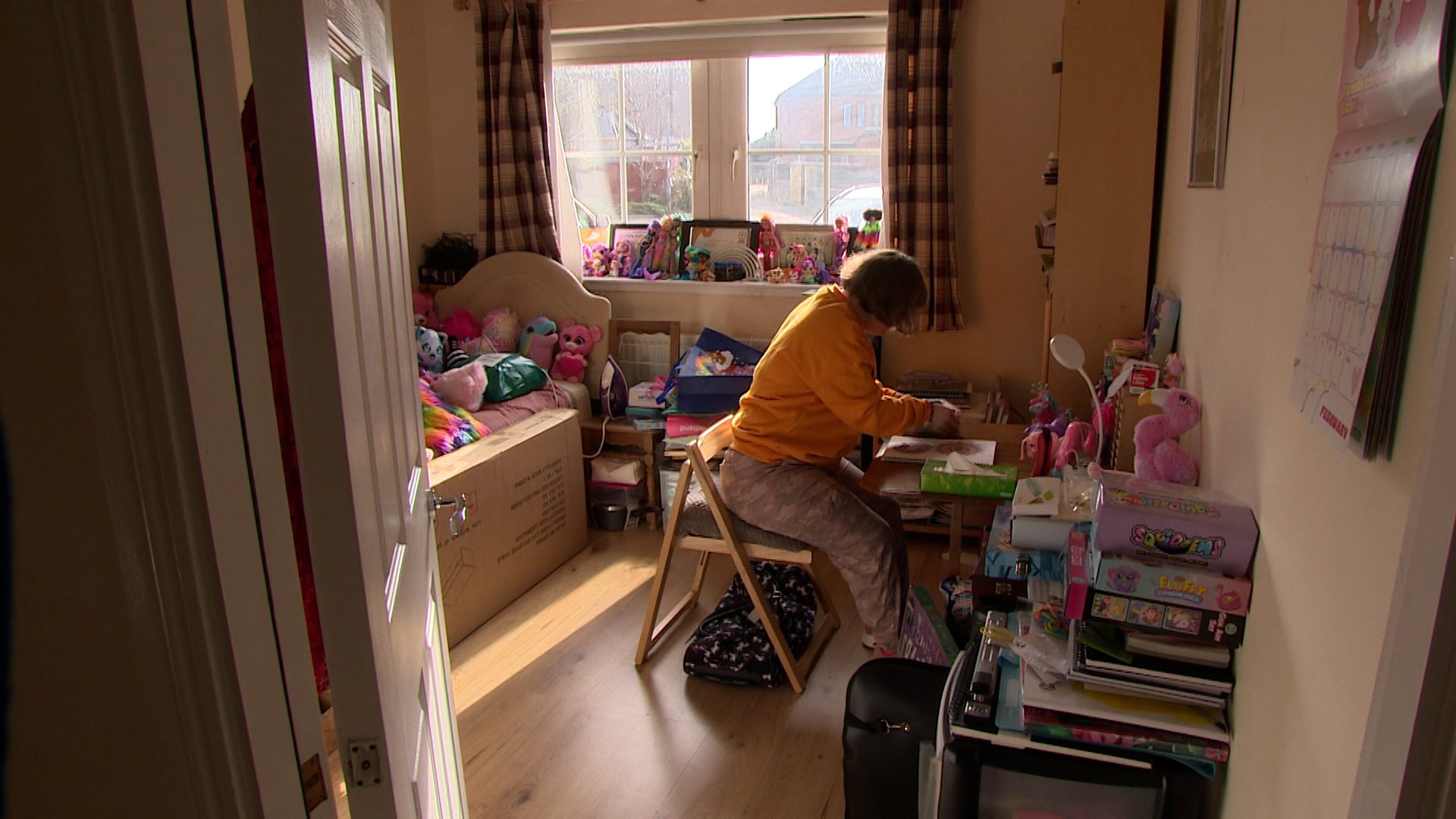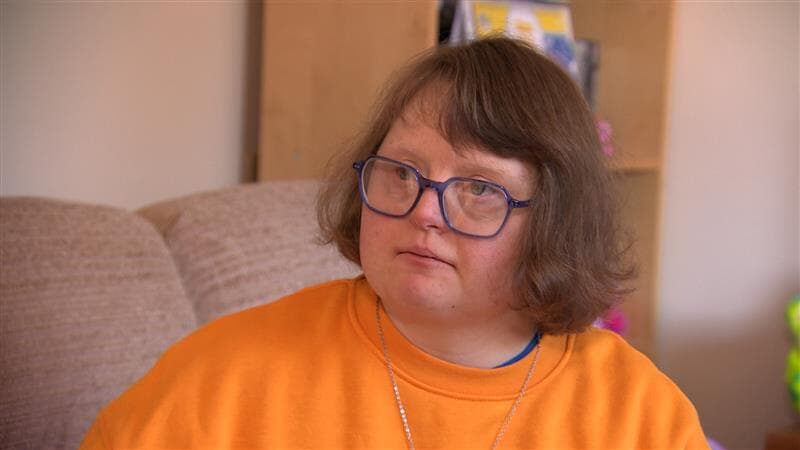A woman with Down’s syndrome said she was scared of the results of her annual health check, as new research shows young people with learning disabilities are nine times more likely to die from treatable causes.
Fiona Dawson lives independently in her flat where she collects toys and spends time painting and drawing.
Recently she had a health check-up, a prospect she was worried about facing.
She told STV News: “I know I kept putting it off, going to the doctors myself, because I was scared.
“I eventually did go. I’m very, very fortunate that they were able to listen to me, they were able to treat me.”
Research carried out by the University of Glasgow has found that young adults aged 25-34 with learning disabilities are nine times more likely to die from treatable causes, compared to young adults in the general population.
 STV News
STV NewsThe study, led by the team at the Scottish Learning Disabilities Observatory also found that, for adults of all ages with learning disabilities, the risk of premature mortality is three times higher compared with adults in the general population.
The stark findings demonstrate that the health inequalities experienced by people with learning disabilities are particularly pronounced in young adulthood.
More than 14,000 people were looked at as part of the study which found that they were likely to die 20 years younger than the general population.
The statistics have left Fiona “angry and disappointed.”
 STV News
STV NewsThe Ayr woman added: “Not a lot of us are having our human rights met.”
It was identified that the most commonly-recorded causes of death which are avoidable and treatable included epilepsy, pneumonia, and conditions including chronic obstructive pulmonary disease (COPD) and ischaemic heart disease such as myocardial infarction.
Deborah Cairns from Scottish Learning Disabilities Observatory said: “There is not one single reason.
“There’s lots of different reasons for example diagnostic overshadowing, where often someone will exhibit pain but are unable to communicate that pain, so it is attributed to their learning disability which is not the case.
“Conditions such as cancer or a heart condition can be missed.”
Follow STV News on WhatsApp
Scan the QR code on your mobile device for all the latest news from around the country



























